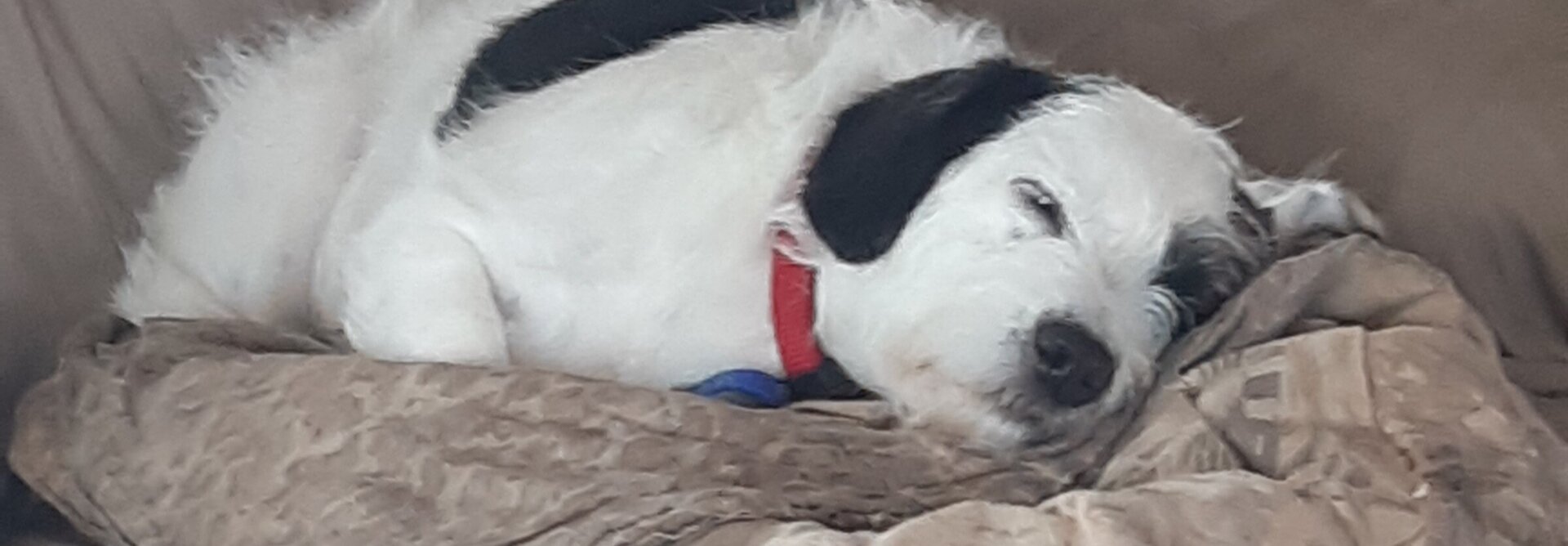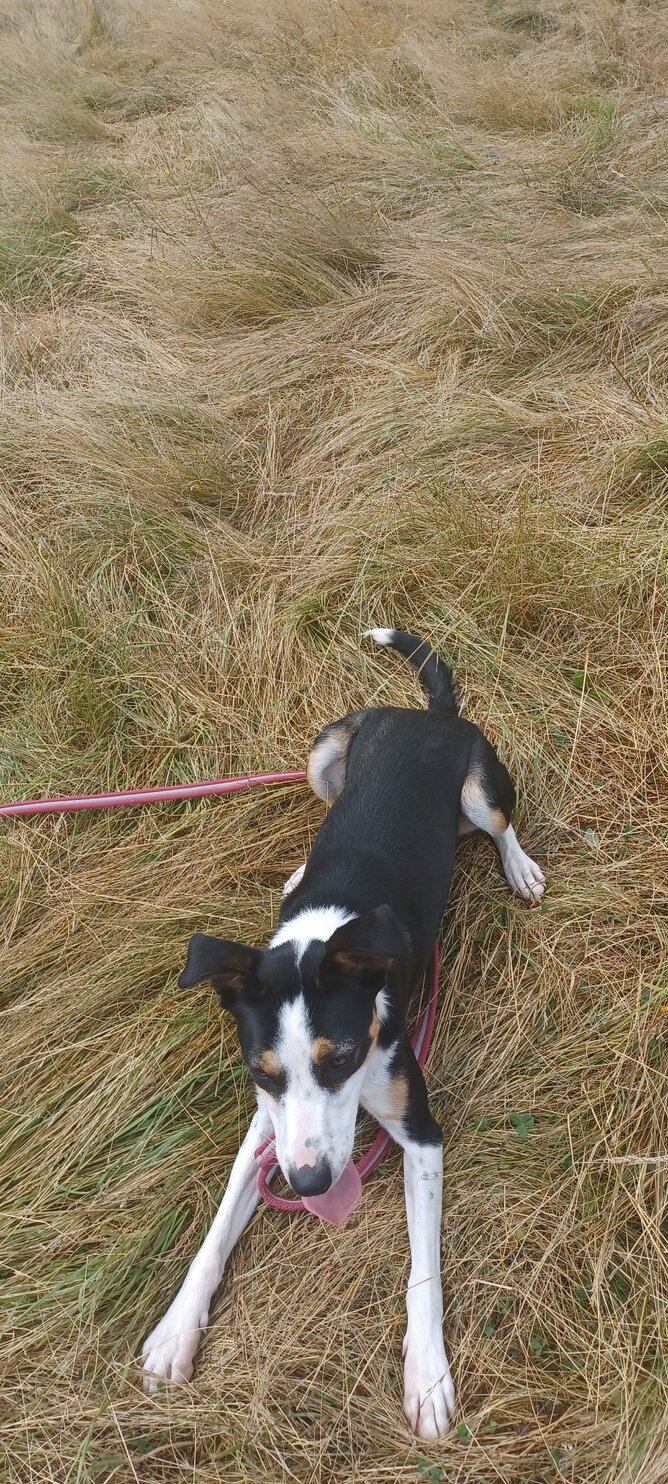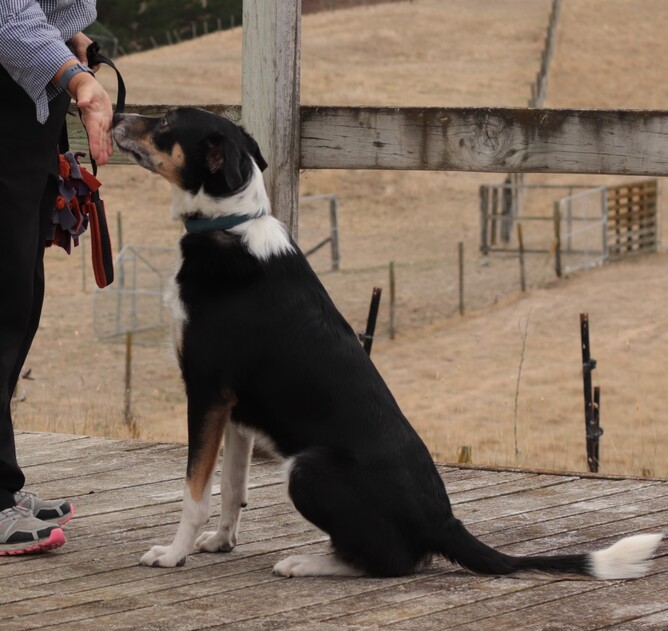Helping your reactive dog
Training a reactive dog can be a challenging task, but it is possible with the right approach and consistency. Here are some tips to help you train your reactive dog:
1. Understand your dog's triggers: Observe your dog closely to identify what triggers their reactive behaviour. This could be other dogs, people, bicycles, cars, children, loud noises, or anything else that causes them to react.
2. Manage the environment: When you know what triggers your dog, you can take steps to manage their environment. For example, if your dog reacts to other dogs, you can avoid places where there are likely to be lots of dogs, or you can walk your dog at quieter times of the day.
3. Don’t make them interact – give them space to choose to increase the distance from the trigger.
4. Keep calm yourself- otherwise your dog will feed off your high energy.
5. Let them look at the trigger but then encourage them to reconnect with you. You want to avoid them becoming fixated on the trigger.
6. Train some alternative behaviours- some fun tricks like a spin that disengage them from the trigger, pattern games to help them settle, a look at you. If you want some ideas join my enrichment group on my facebook page. A good behaviour chain is for your dog to look at the trigger and then look at you but this needs to be an automatic behaviour rather than a cued behaviour.
7. Use positive reinforcement: When your dog behaves calmly in a trigger situation, praise and reward them with treats or toys. This will help them associate good behaviour with positive outcomes. Note food has a relaxing effect in most dogs if it is fed in a slow calm fashion.
8. Once your dog understands the alternative behaviour start to VERY slowly introduce the trigger. Distance is your friend in most cases. You want to be far enougn away from the trigger that your dog notices it but can still think. In the presence of the trigger at this distance you want too create a positive feeling in your dog using food, tricks etc. Over time, this can help to change their emotional response to the trigger.
9. Seek professional help: If your dog's reactive behavior is severe
Remember, training a reactive dog takes time, patience, and consistency. With the right approach and plenty of positive reinforcement, you can help your dog to become more confident and less reactive in trigger situations. Feel free to contact me for more information and ideas.


